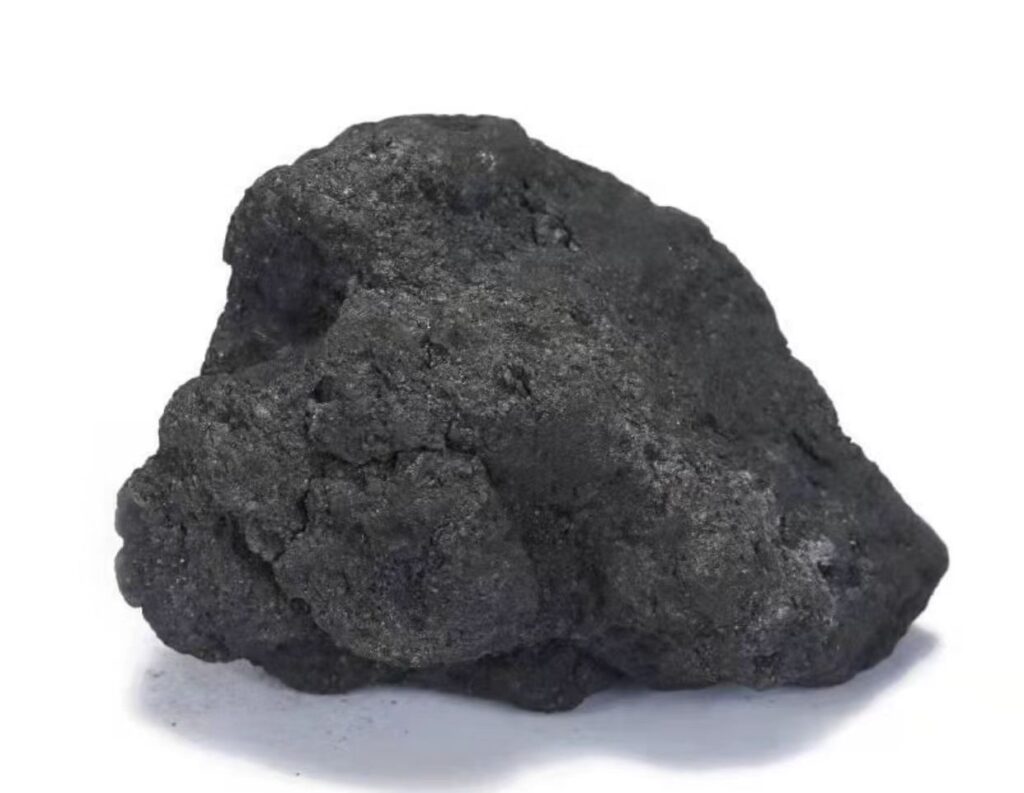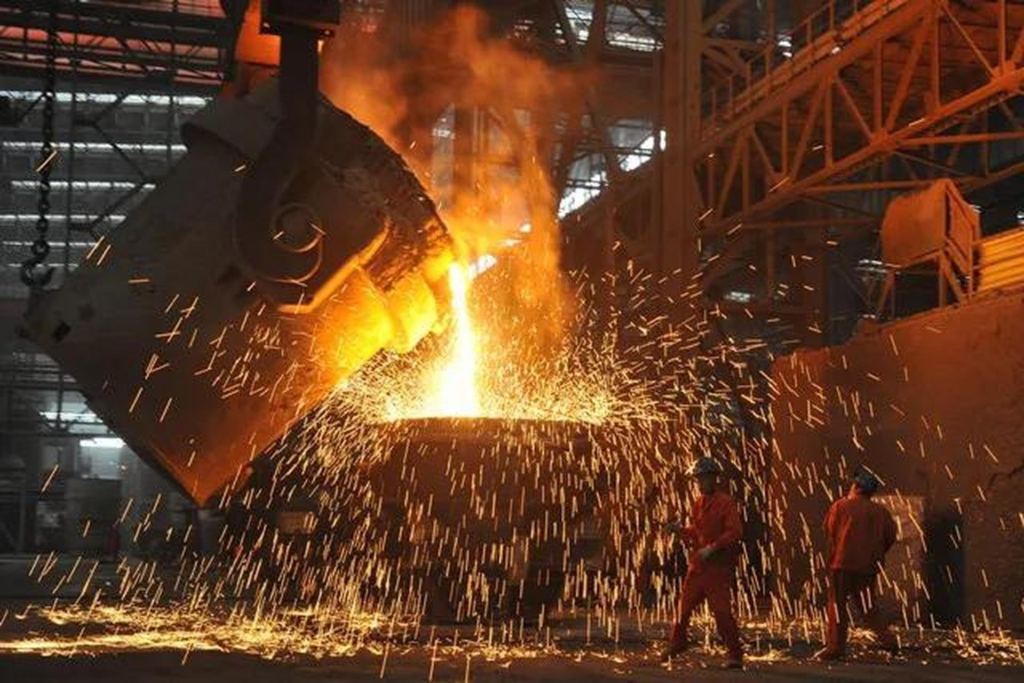Grafit adalah bentuk karbon yang terbentuk secara alami. Grafit banyak digunakan di banyak industri karena sifatnya yang unik dan kemampuannya untuk menghantarkan listrik. Dalam blog ini, kami akan membahas mengapa grafit merupakan konduktor listrik yang baik, keunggulannya, dan berbagai aplikasi yang dapat Anda gunakan.
Daftar Isi
Beralih
Pendahuluan
Grafit adalah alotrop karbon yang terdiri dari atom karbon dalam formasi kisi heksagonal. Ini adalah mineral yang terbentuk secara alami di banyak bagian dunia, termasuk Cina, India, dan Amerika Serikat. Grafit adalah mineral yang lembut, hitam, dan berkilau yang dikenal dengan sifat pelumas dan kemampuannya untuk menghantarkan listrik.
Grafit adalah bahan yang sangat serbaguna. Bahan ini digunakan dalam berbagai industri, seperti eaf pembuatan bajamanufaktur, dan elektronik. Perusahaan ini juga memproduksi beberapa jenis baterai, cat, dan pelumas. Grafit juga membuat bahan tahan api, seperti penghambat api, insulasi, dan bahan tahan api.
Apakah grafit merupakan konduktor listrik yang baik?
Ya. Grafit, dengan struktur molekulnya yang unik, memiliki konduktivitas listrik yang sangat baik, menjadikannya konduktor listrik yang sangat baik. Sifat ini dapat dikaitkan dengan beberapa faktor, termasuk elektron valensi, elektron individu dari setiap atom karbon, dan keberadaan elektron bebas di dalam material.
Dalam grafit, atom karbon disusun dalam formasi kisi heksagonal dengan banyak atom karbon. Setiap atom karbon dalam kisi menyumbangkan empat elektron valensi, elektron yang terlibat dalam ikatan. Elektron valensi ini berpartisipasi dalam ikatan kovalen padat, menghubungkan atom karbon untuk membentuk cincin heksagonal.
Namun demikian, di dalam lapisan-lapisan struktur grafit, terdapat juga elektron bebas yang tidak terlibat dalam ikatan kovalen dan dipegang secara longgar oleh atom karbon. Elektron bebas ini bersifat mobile dan dapat bergerak bebas di dalam lapisan-lapisan struktur grafit.
Hasilnya, grafit menunjukkan konduktivitas listrik yang tinggi, karena elektron bebas dapat dengan cepat berpindah dari satu atom karbon ke atom karbon lainnya, memfasilitasi aliran arus listrik yang efisien melalui material.
Bagaimana Grafit Dapat Menghantarkan Listrik?
Grafit dapat menghantarkan listrik melalui proses yang disebut "tunneling". Proses ini memungkinkan elektron bergerak di antara atom karbon dalam kisi-kisi grafit tanpa kontak langsung. Elektron dapat "terowongan" melalui kisi-kisi dan berpindah dari satu bit ke bit lainnya. Hal ini memungkinkan transmisi listrik yang efisien melalui kisi-kisi grafit.
Selain itu, grafit memiliki luas permukaan yang besar, sehingga memungkinkan transmisi listrik yang efisien. Hal ini karena struktur kisi grafit memiliki banyak lubang kecil, yang memungkinkan informasi listrik yang efisien. Orang sering menggunakan grafit dalam aplikasi yang membutuhkan konduktivitas listrik yang tinggi, seperti baterai dan komponen listrik.
Keuntungan Menggunakan Grafit sebagai Penghantar Listrik
Pertama, ini adalah konduktor listrik yang efisien karena struktur molekulnya, dengan resistansi yang relatif rendah, yang lebih kondusif untuk pergerakan elektron.
Selain itu, grafit tahan terhadap korosi dan oksidasi serta tidak bereaksi dengan sebagian besar bahan kimia atau gas. Grafit bersifat inert pada suhu rendah dan tidak teroksidasi sampai suhu 450°C. Pada saat yang sama, grafit dapat menghantarkan panas secara efisien dan memiliki titik leleh yang tinggi. Sebagai konduktor termal yang efisien, ini kondusif untuk transfer panas yang cepat.
Akhirnya, grafit memiliki kekuatan mekanik suhu tinggi. Kekuatan mekanik tidak tinggi pada suhu rata-rata, tetapi akan meningkat seiring dengan kenaikan suhu. Antara 2000-2500 derajat Celcius, kekuatan mekanisnya sekitar dua kali lipat dari suhu kamar, dan kekuatannya lebih tinggi daripada bahan lainnya. Sebagai contoh, elektroda grafit digunakan dalam pembuatan baja tungku busur listrik.
Aplikasi
Grafit adalah bahan serbaguna dengan banyak sifat unik. Manusia telah menggunakan grafit dalam konduktor listrik sejak abad ke-19, dan konduktor grafit modern sekarang digunakan dalam berbagai aplikasi. Orang sering menggunakannya dalam industri, seperti dalam memproduksi elektroda grafitsemikonduktor, baterai, dan sel bahan bakar. Ini juga dapat digunakan dalam elektronik konsumen, seperti ponsel dan komputer, dan kendaraan listrik.
Penggunaan grafit sebagai konduktor listrik juga bermanfaat dari segi efisiensi energi. Hambatan listrik grafit yang rendah berarti lebih sedikit energi yang hilang karena panas, yang dapat menghasilkan penggunaan listrik yang lebih efisien. Hal ini dapat berdampak signifikan dalam mengurangi biaya energi dan emisi. Dalam aplikasi industri, elektroda grafit digunakan sebagai konduktor yang baik dalam tungku busur listrik untuk melebur baja, yang merupakan satu-satunya bahan baku konduktor yang saat ini tersedia.
Kesimpulan
Grafit adalah konduktor listrik yang baik karena struktur molekulnya yang unik dan luas permukaannya yang besar. Grafit merupakan konduktor listrik yang sangat efisien dan tahan terhadap korosi dan oksidasi. Grafit juga ringan dan tahan lama, membuatnya berguna dalam berbagai aplikasi.



